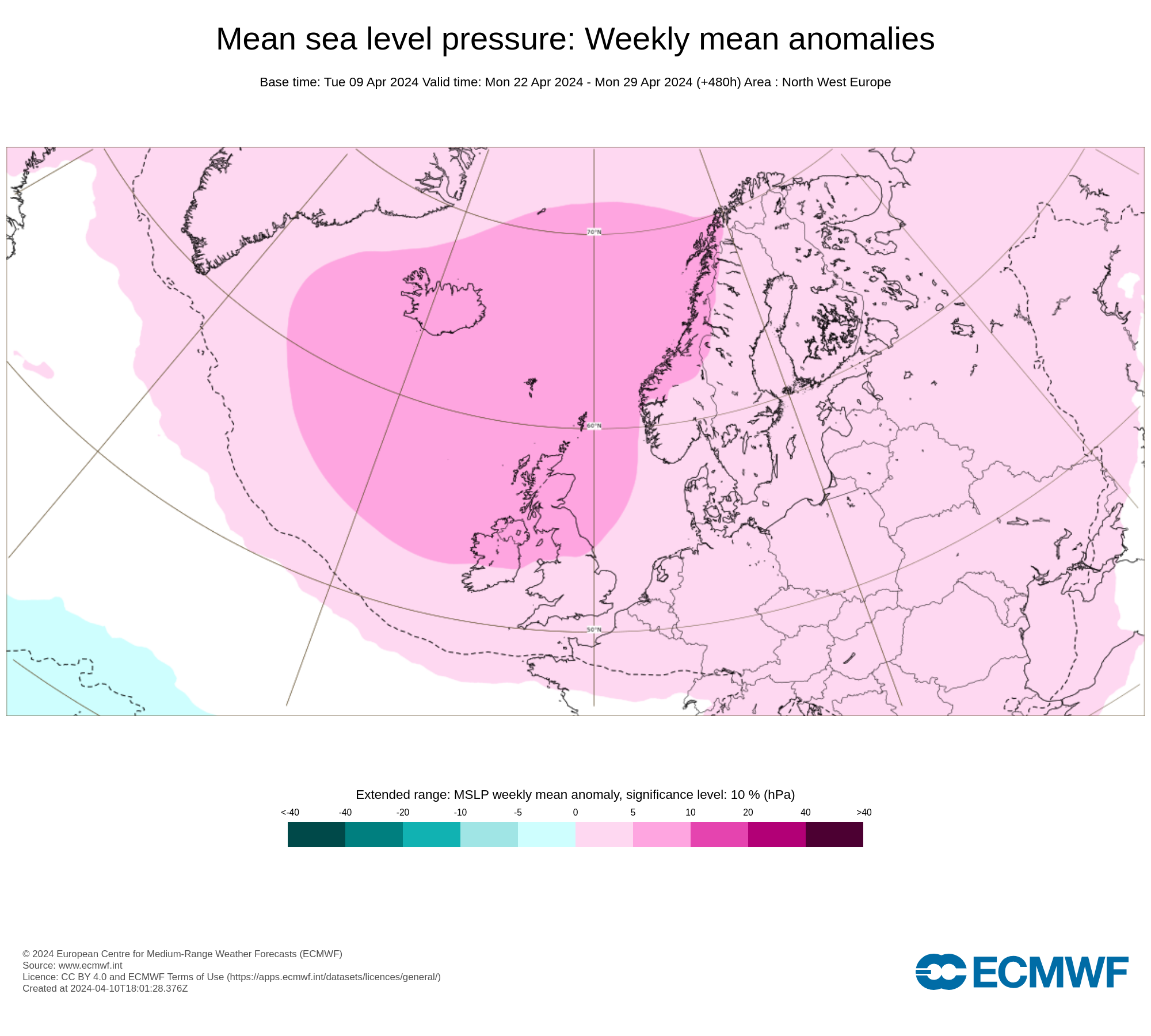What are Dust Devils
A dust devil is a strong, well-formed, and relatively long-lived whirlwind, ranging from small (half a metre wide and a few metres tall) to large (more than 10 metres wide and more than 1000 metres tall). The primary vertical motion is upward. Dust devils are usually harmless, but can on rare occasions grow large enough to pose a threat to both people and property.
They are comparable to tornadoes in that both are a weather phenomenon involving a vertically oriented rotating column of wind. Most tornadoes are associated with a larger parent circulation, the mesocyclone on the back of a supercell thunderstorm. Dust devils form as a swirling updraft under sunny conditions during fair weather, rarely coming close to the intensity of a tornado.
CONTINUES BELOW
Dust devils form when a pocket of hot air near the surface rises quickly through cooler air above it, forming an updraft. If conditions are just right, the updraft may begin to rotate. As the air rapidly rises, the column of hot air is stretched vertically, thereby moving mass closer to the axis of rotation, which causes intensification of the spinning effect by conservation of angular momentum. The secondary flow in the dust devil causes other hot air to speed horizontally inward to the bottom of the newly forming vortex. As more hot air rushes in toward the developing vortex to replace the air that is rising, the spinning effect becomes further intensified and self-sustaining. A dust devil, fully formed, is a funnel-like chimney through which hot air moves, both upwards and in a circle. As the hot air rises, it cools, loses its buoyancy and eventually ceases to rise. As it rises, it displaces air which descends outside the core of the vortex. This cool air returning acts as a balance against the spinning hot-air outer wall and keeps the system stable.
The spinning effect, along with surface friction, usually will produce a forward momentum. The dust devil is able to sustain itself longer by moving over nearby sources of hot surface air.
As available hot air near the surface is channeled up the dust devil, eventually surrounding cooler air will be sucked in. Once this occurs, the effect is dramatic, and the dust devil dissipates in seconds. Usually this occurs when the dust devil is not moving fast enough (depletion) or begins to enter a terrain where the surface temperatures are cooler.
CONTINUES BELOW
Certain conditions increase the likelihood of dust devil formation.
Flat barren terrain, desert or tarmac: Flat conditions increase the likelihood of the hot-air "fuel" being a near constant. Dusty or sandy conditions will cause particles to become caught up in the vortex, making the dust devil easily visible, but are not necessary for the formation of the vortex.
Clear skies or lightly cloudy conditions: The surface needs to absorb significant amounts of solar energy to heat the air near the surface and create ideal dust devil conditions.
Light or no wind and cool atmospheric temperature: The underlying factor for sustainability of a dust devil is the extreme difference in temperature between the near-surface air and the atmosphere. Windy conditions will destabilize the spinning effect of a dust devil.
LATEST NEWS
2019 CALENDAR NOW ON SALE






























